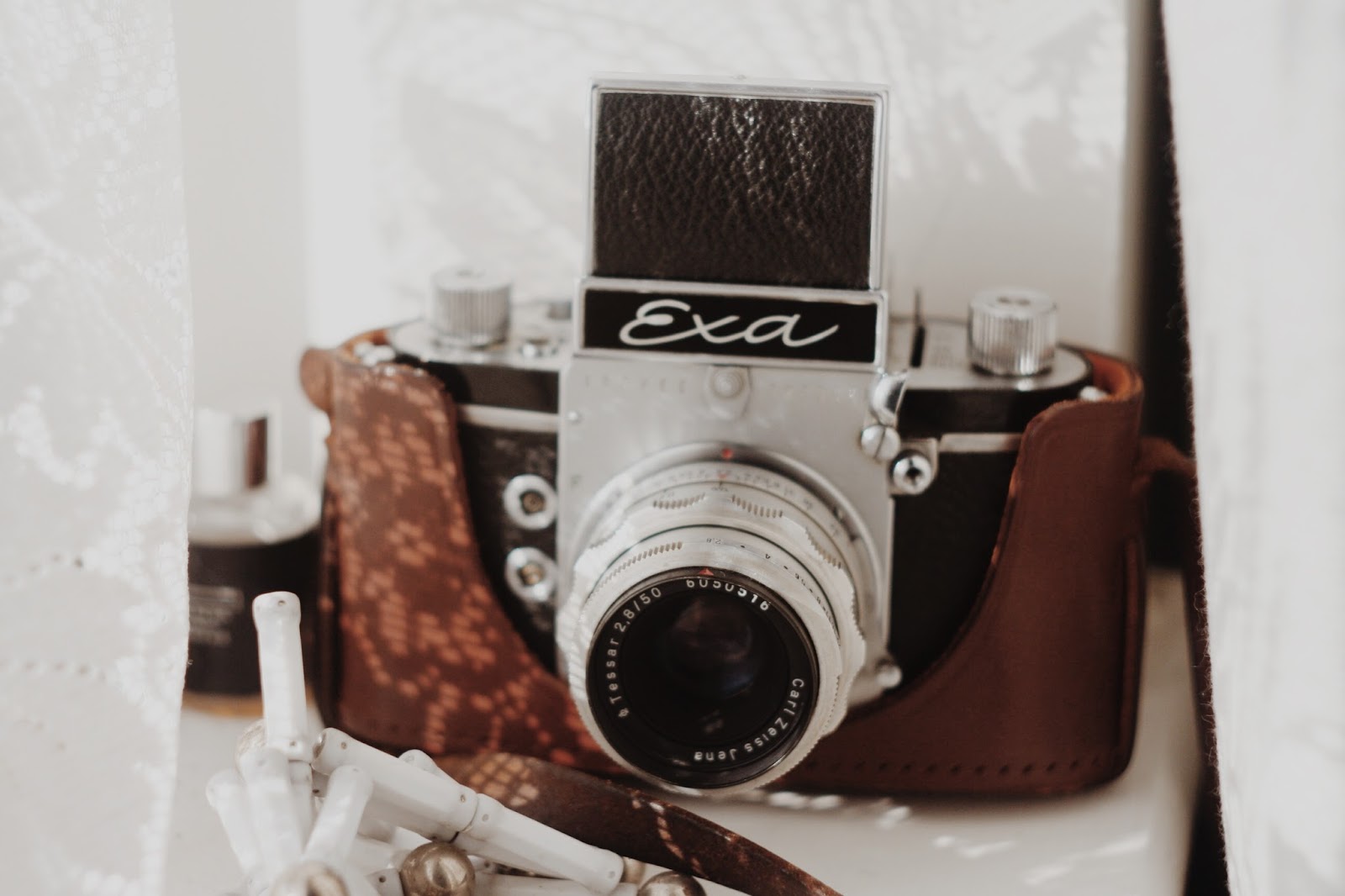exa ihagee dresden
I'm a strange kind of gear head. I love to collect vintage cameras, but I don't geek out on the cameras themselves. Rather, I love to experience them; to hold them in my hands and appreciate the intricate crafts(wo)manship of them, but mostly to use them.
As such, I quite dislike writing about the cameras' specs. I am hence eternally thankful to those geeks that have writing extensively about the nots and bolts of these little machines. May your geekiness know no bounds, you make life much easier for people like me.
Talking of experiencing a camera, the Exa Ihagee Dresden is one of such cameras that pack in some serious personality and many quirks. It's so darn beautiful that to me it looks more Italian than German, but hey. Apart from its beauty though, I remember my first thought when I first held it being "cor blimey govna, this fing's older than mi dad!' [I apparently think in that accent]
I thought it was going to be hard to use, but oh no! The most difficult part of using this camera is loading the film, which takes a little patience, but once that's done, using it is a breeze.
The viewfinder makes you feel like an oldskool photographer, and like you're using a TLR. It's only got one lens though, so clearly it's an SLR, but you know what I mean. If you're lucky to have a mint copy like mine, the viewfinder is a joy to focus with. It's totally crisp and you get depth of field perception too. I find myself not even bothering much with Sunny16 when I'm using this as I can virtually see the exposure. I can't explain it properly, but you have to use it to understand what I mean.
Having said that, the inverse image on the viewfinder takes some getting used to. Composing a shot takes a little longer with the Exa especially with moving subjects. Movement is in the opposite direction to what your brain automatically expects - similar to trying to cut your own hair in the mirror, not easy. Basically this is one of those cameras that really slows you down and I wouldn't recommend it for street photography unless you're shooting the actual street and not the people on it. It is perfect for immobile subjects situations such as portraiture or landscape.
I'm not sure yet if it's the film processing or scanning process, or the lens, but I always get that faded old photo look with this camera. I'm yet to use black and white film in it either - I cannot wait. These photos were all taken with cheap consumer grade film.
Because this camera is in such mint condition, without as much as a single dent or scratch in sight, I assume this was very well looked after. I intend to do the same. I will be storing it away in the back of my shelf covered with protective cloth and guarded with a hundred razor blades and spikes. I will perhaps bring it out once in a while, sit it on a tripod and snap a few members of the family and friends circle.











Comments
Post a Comment